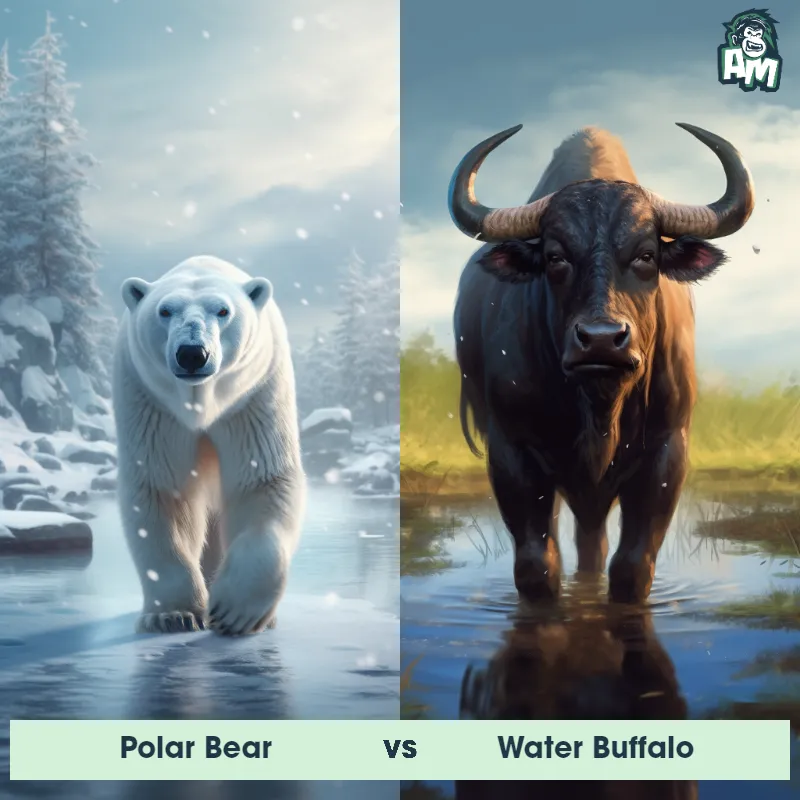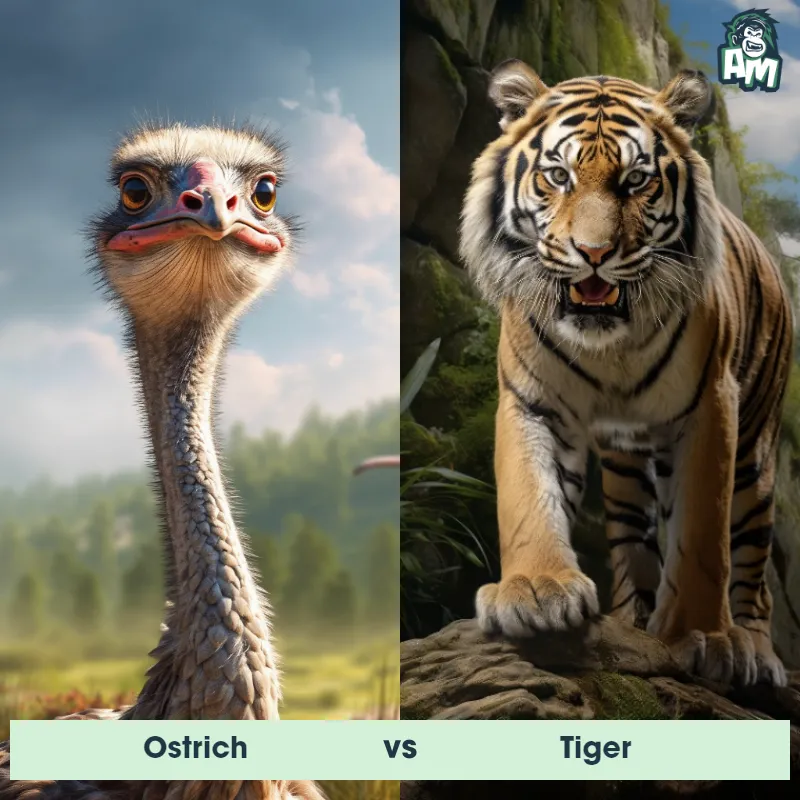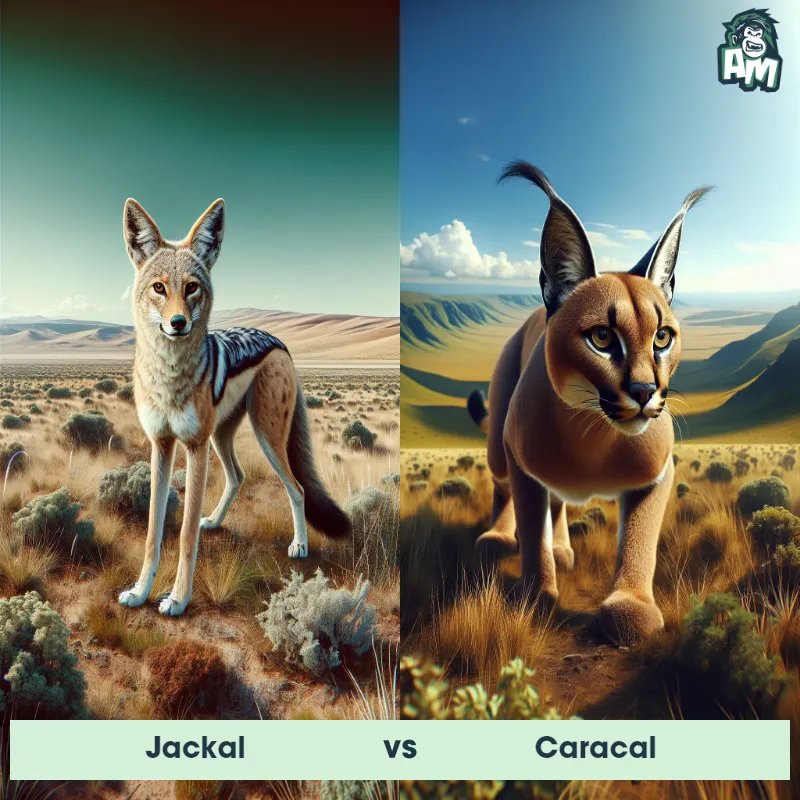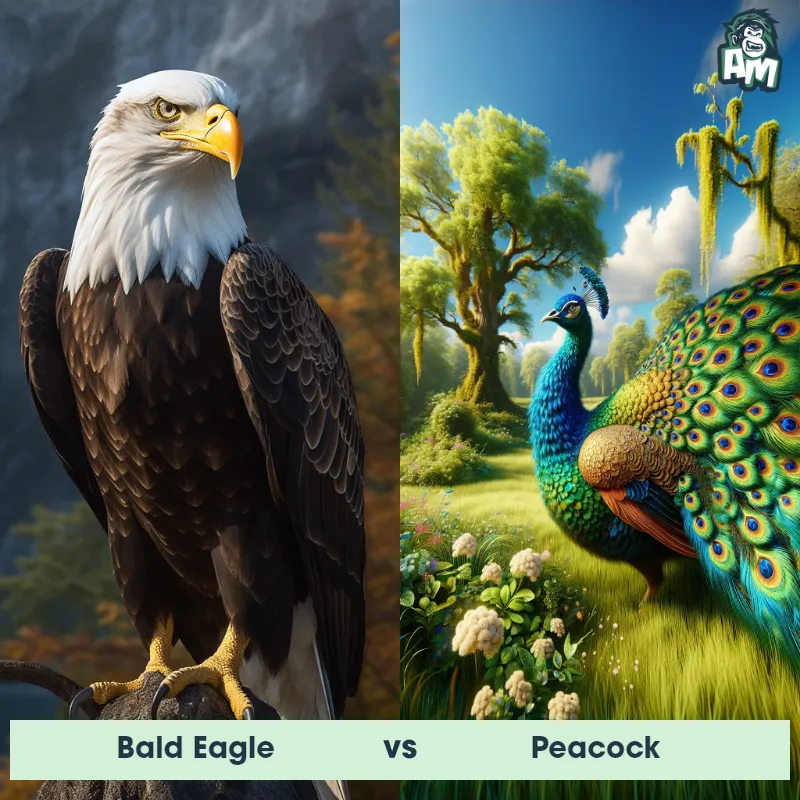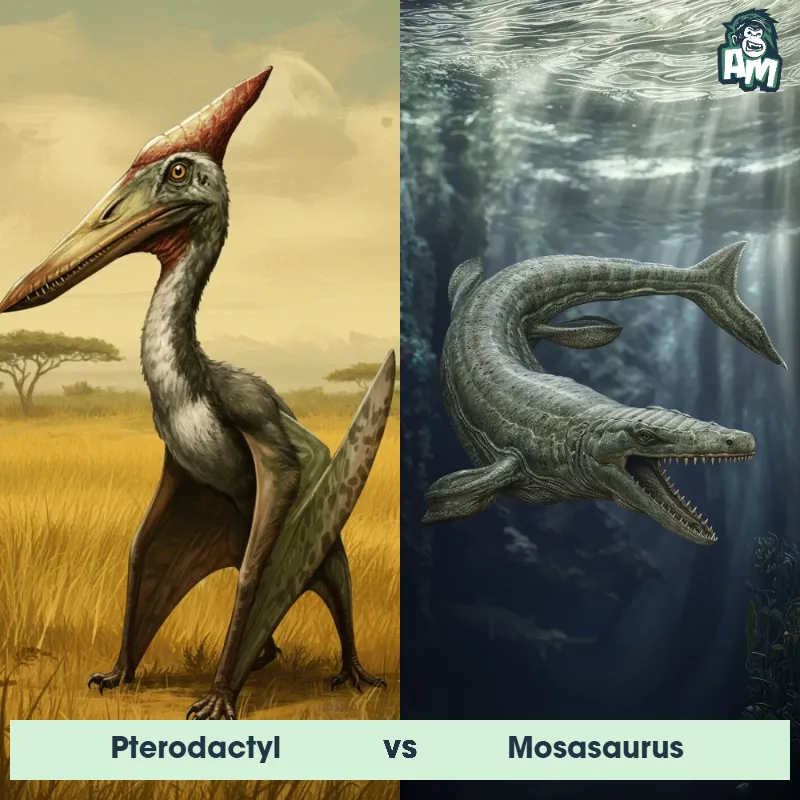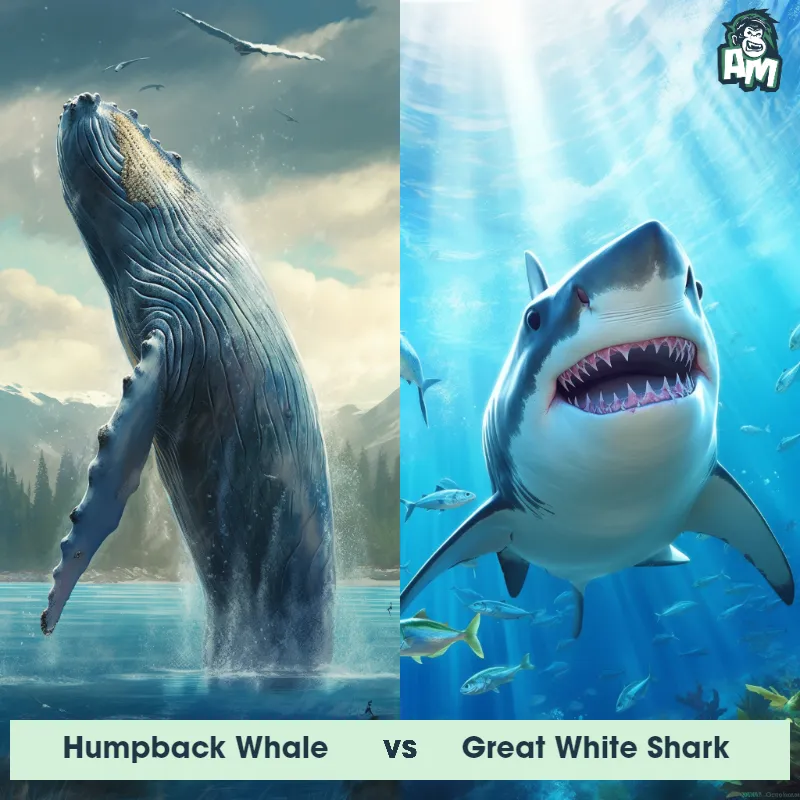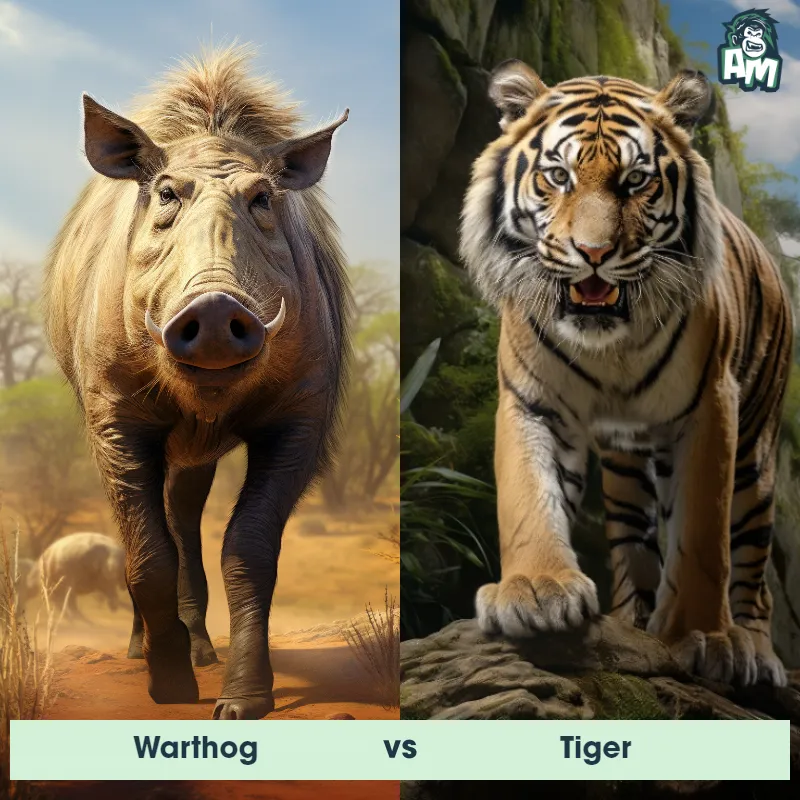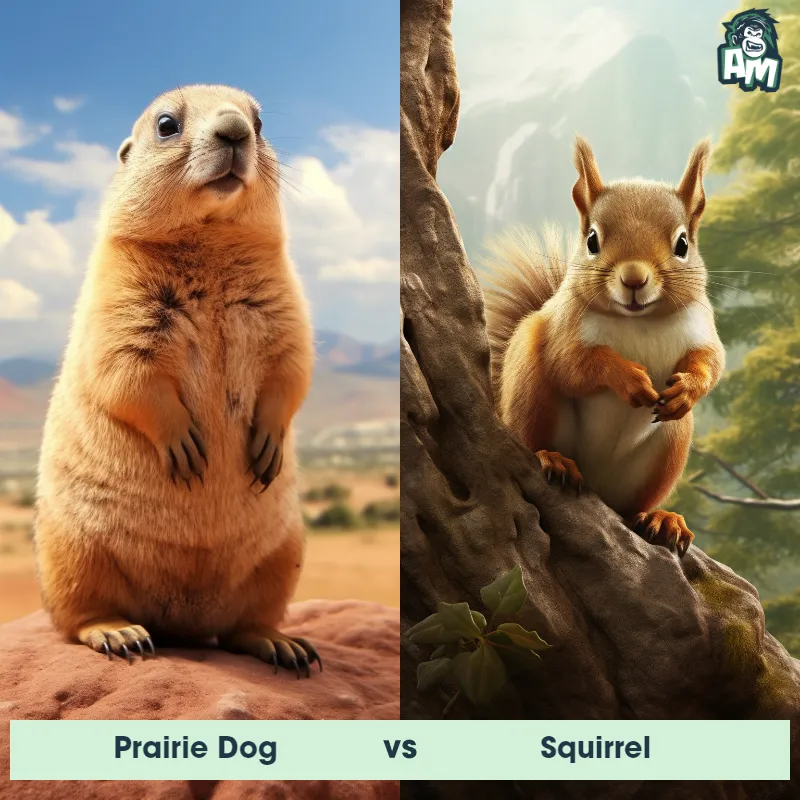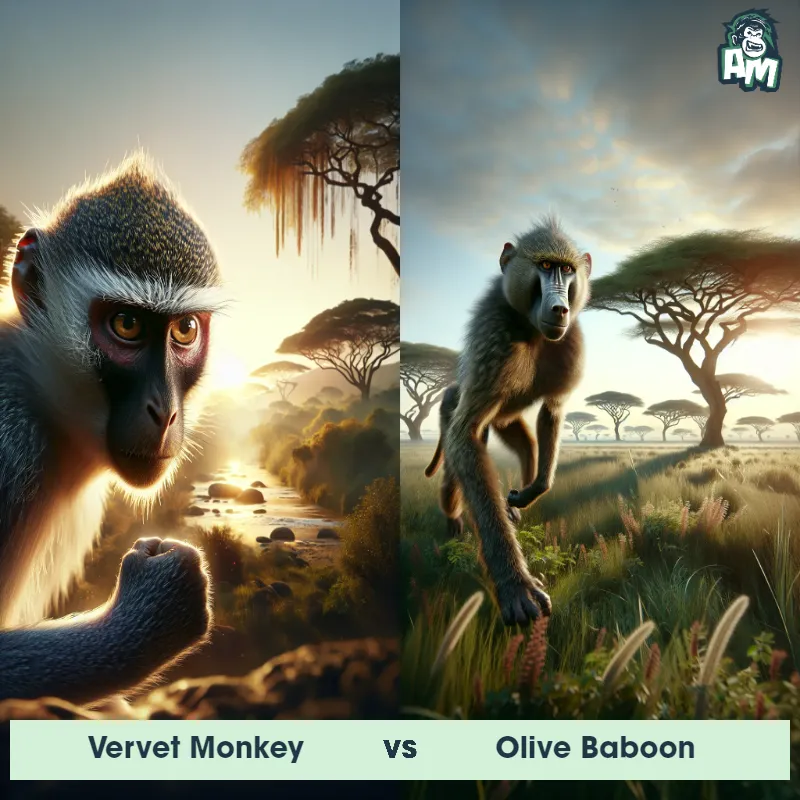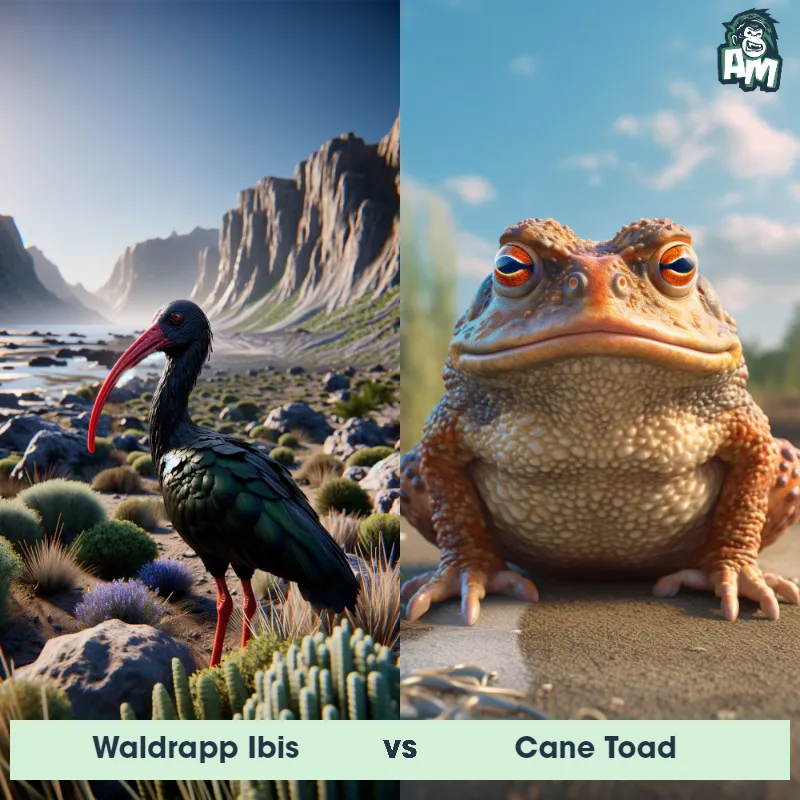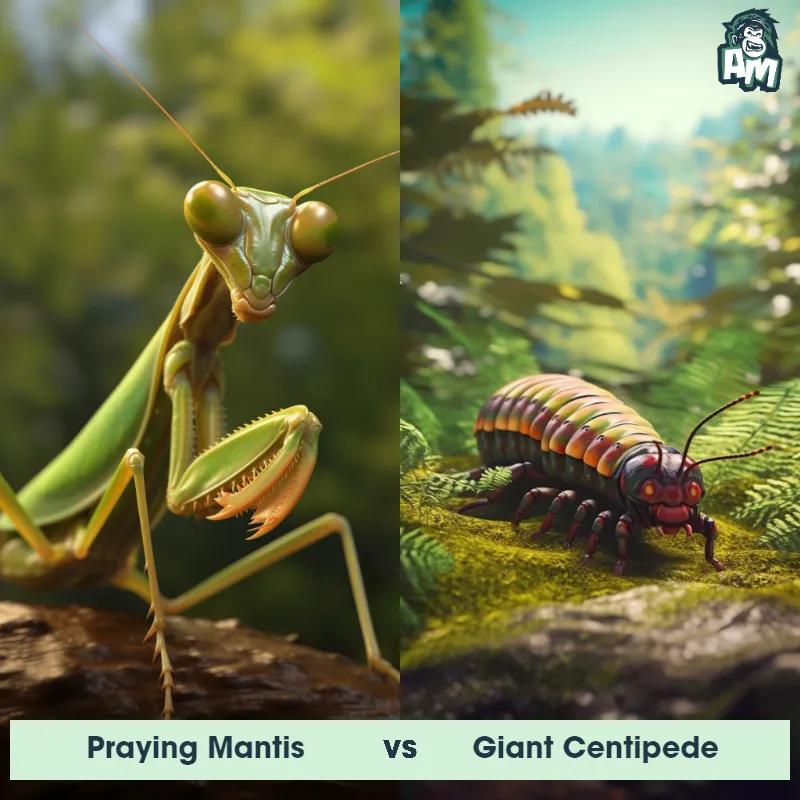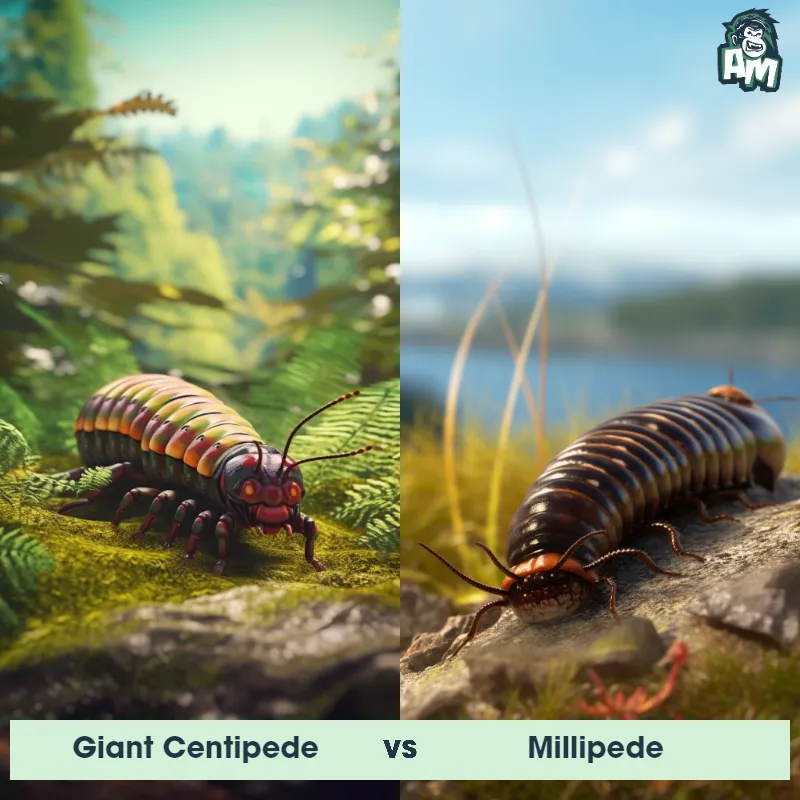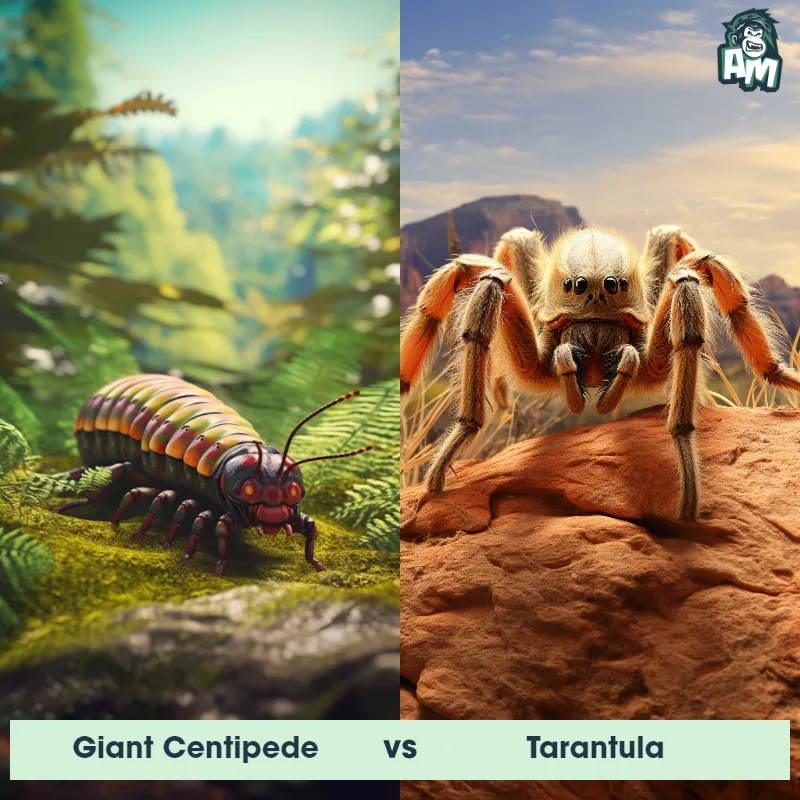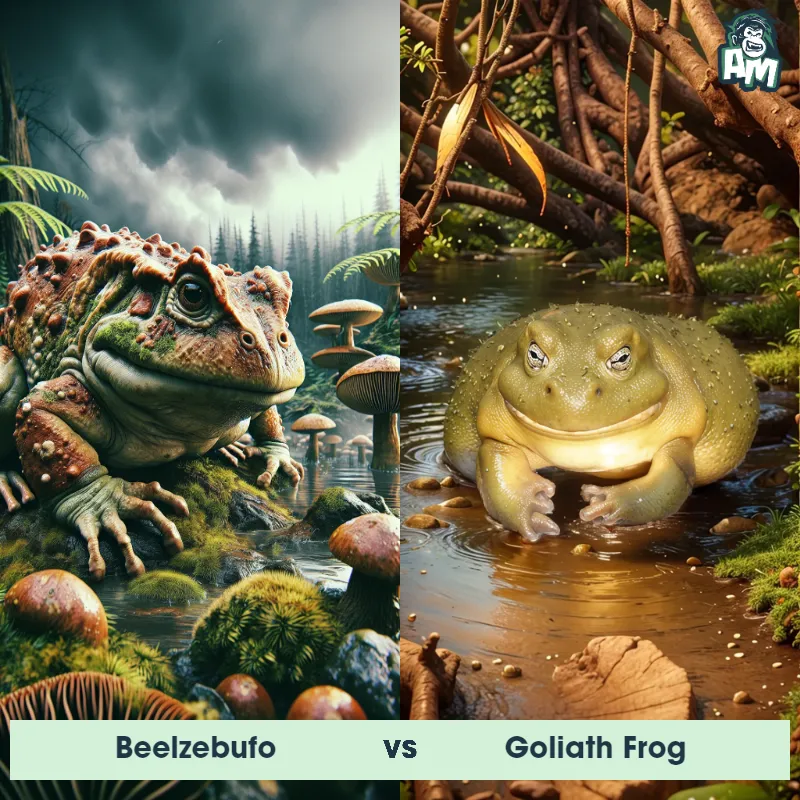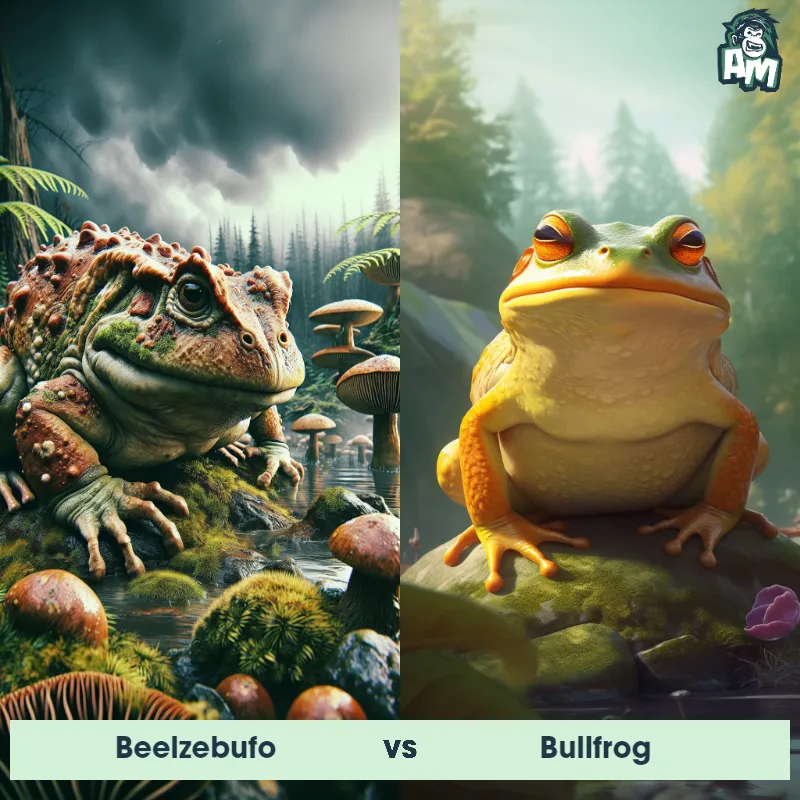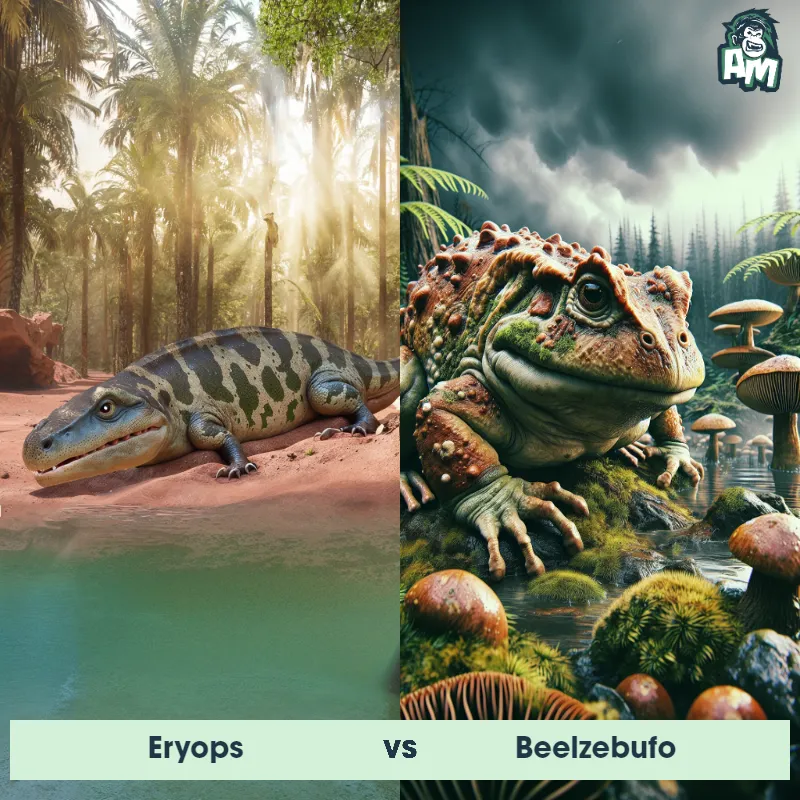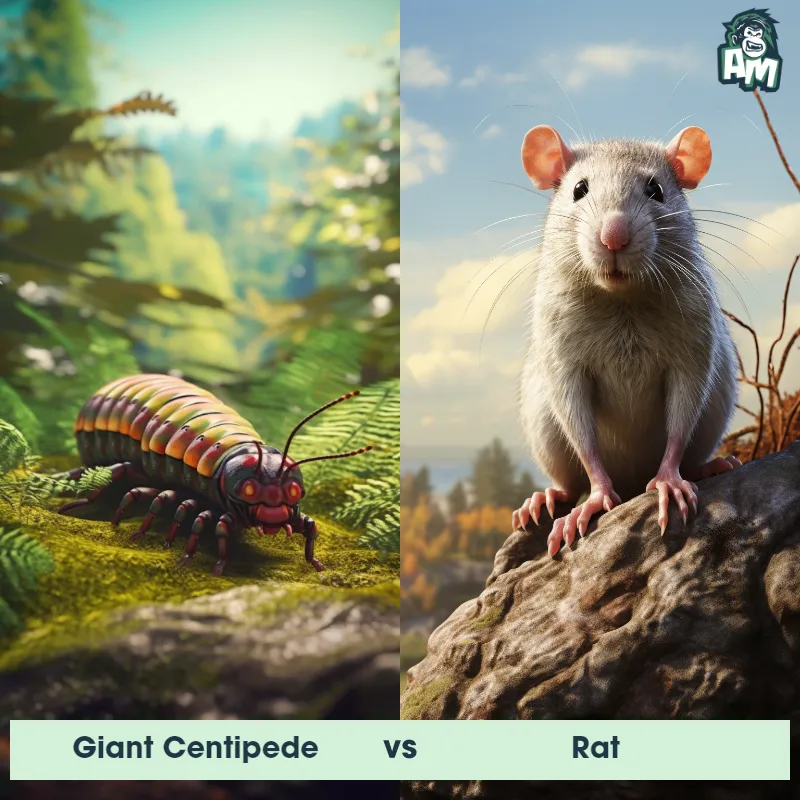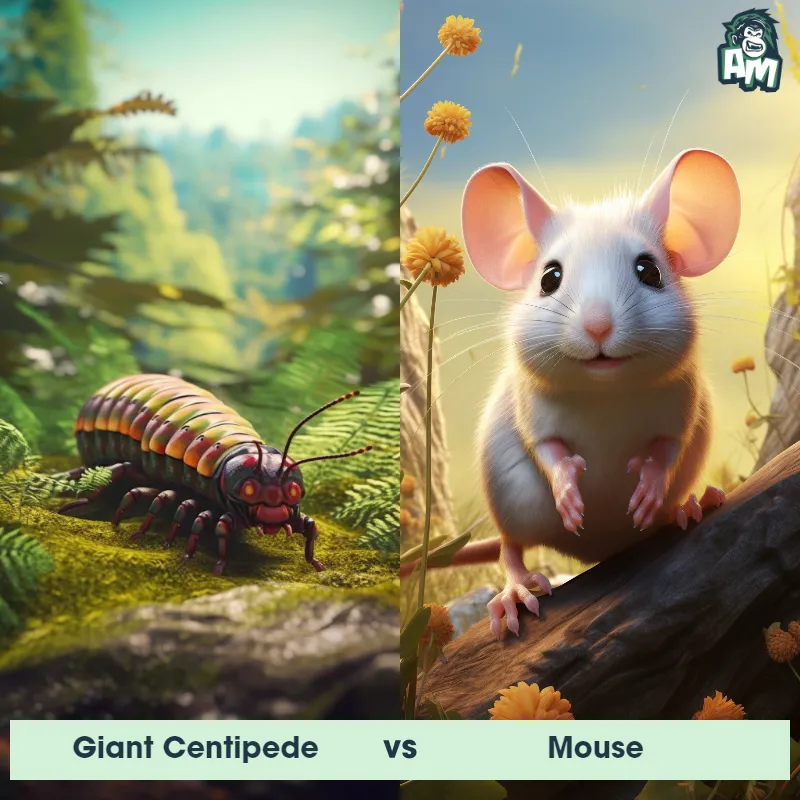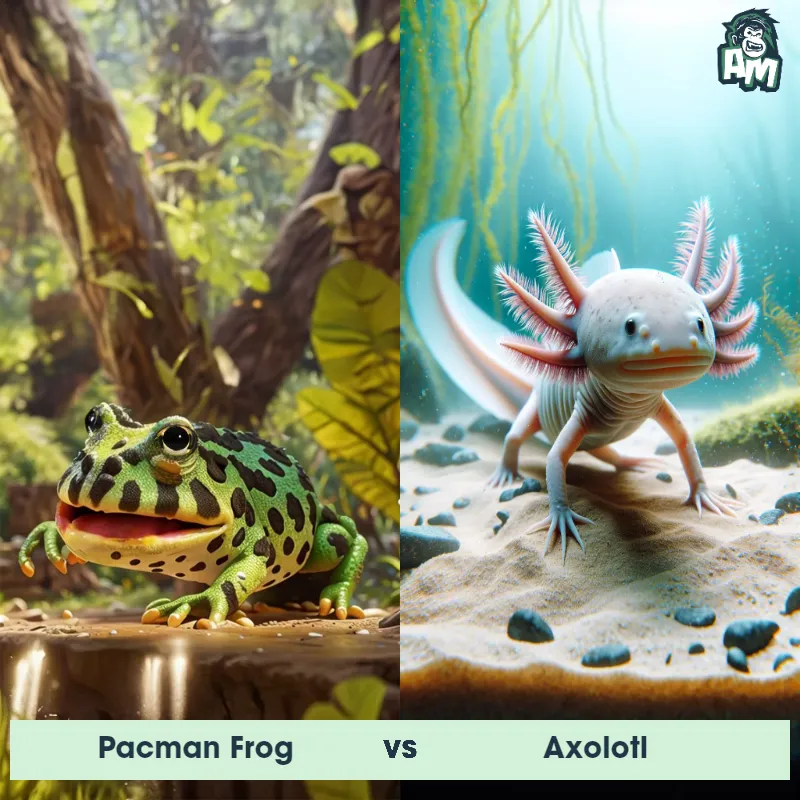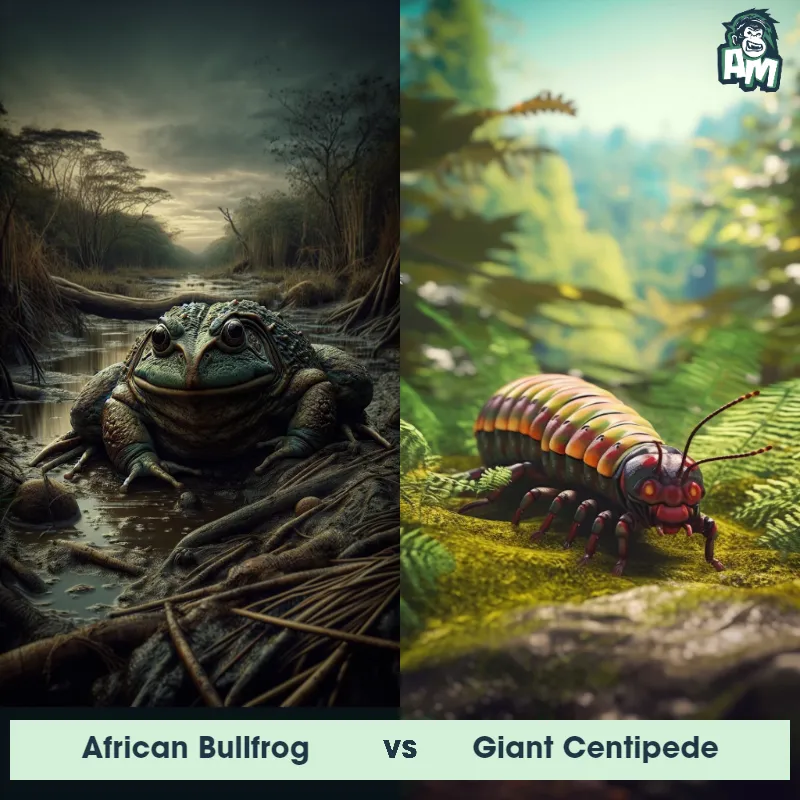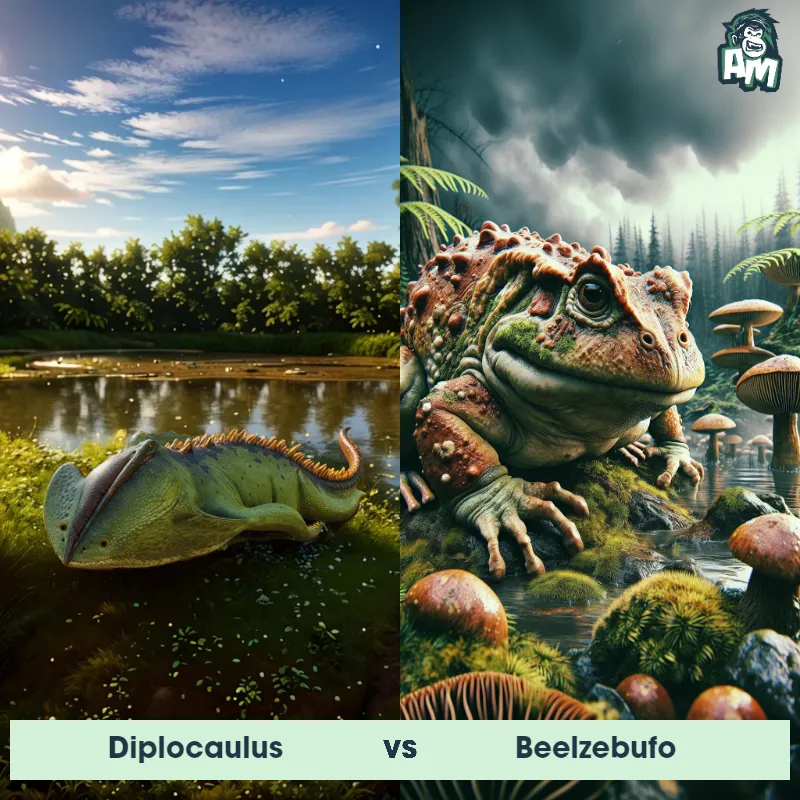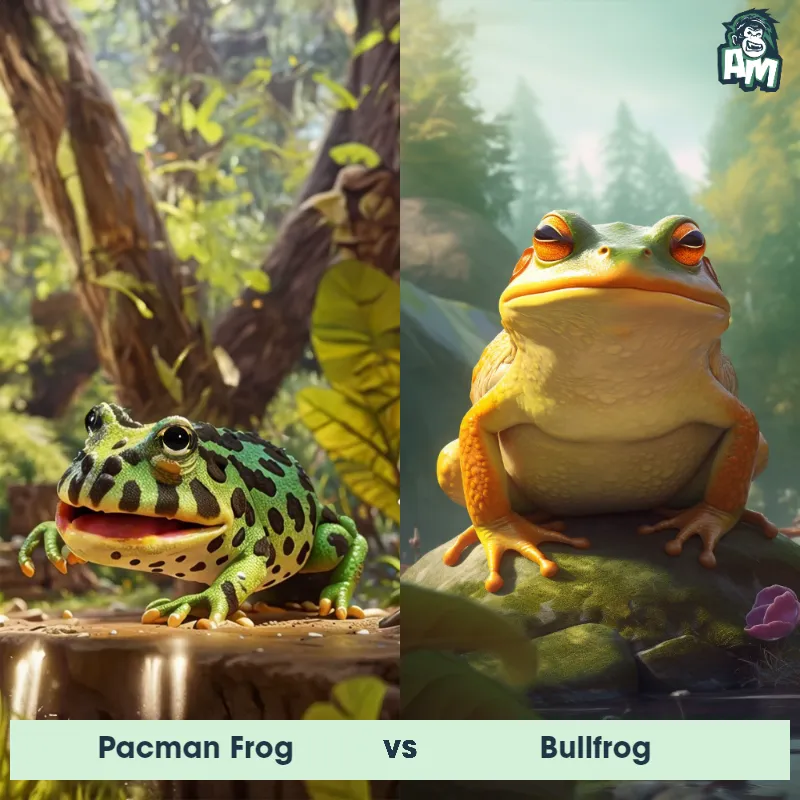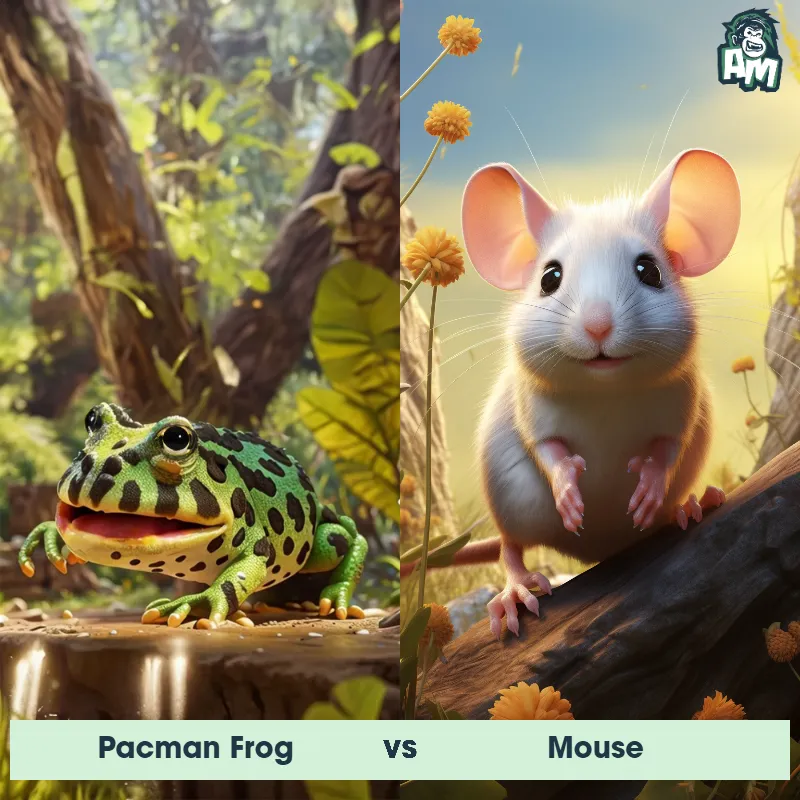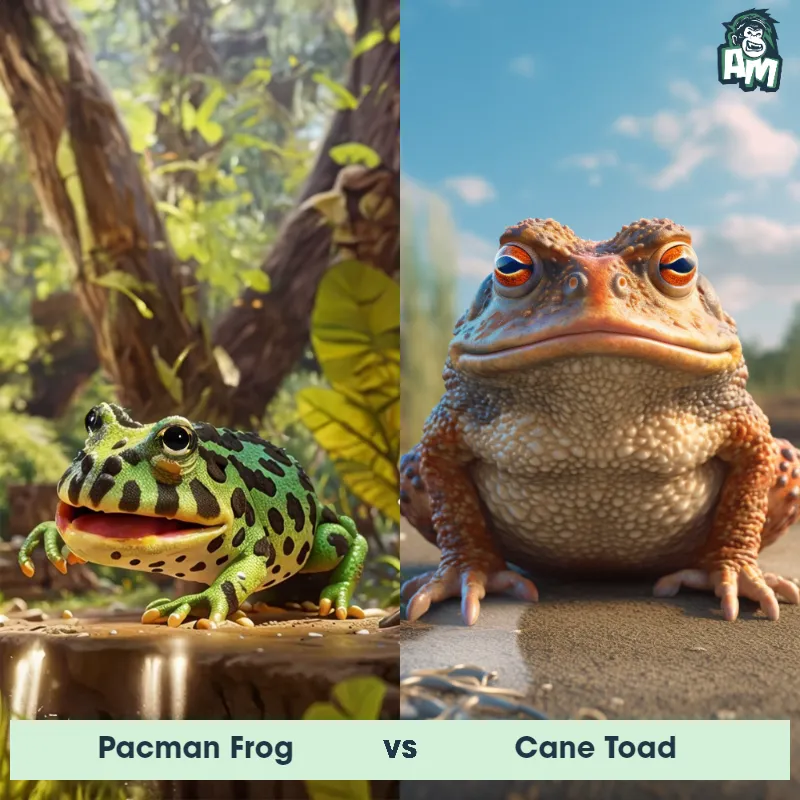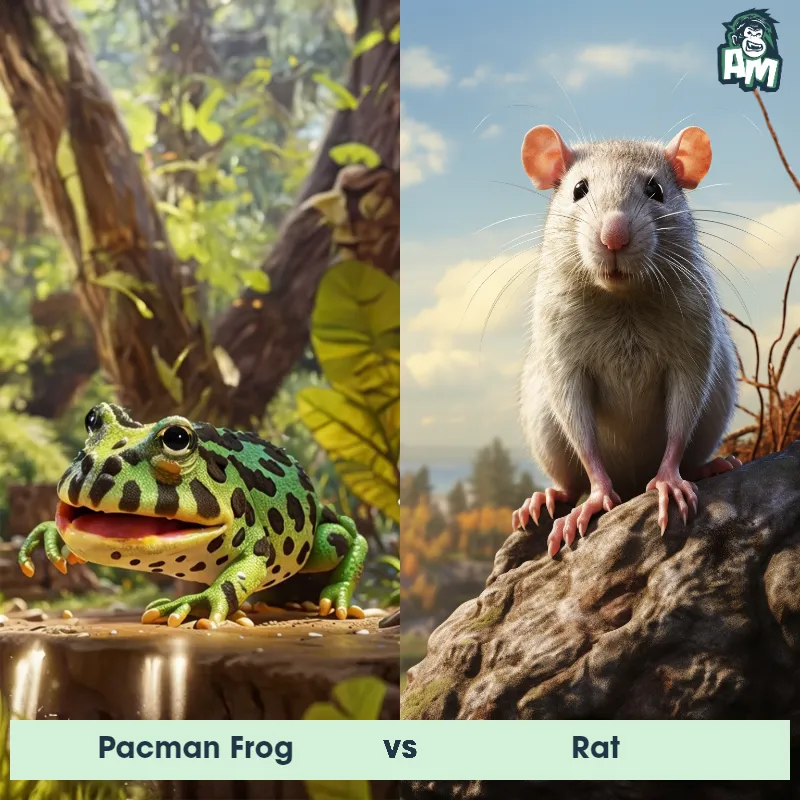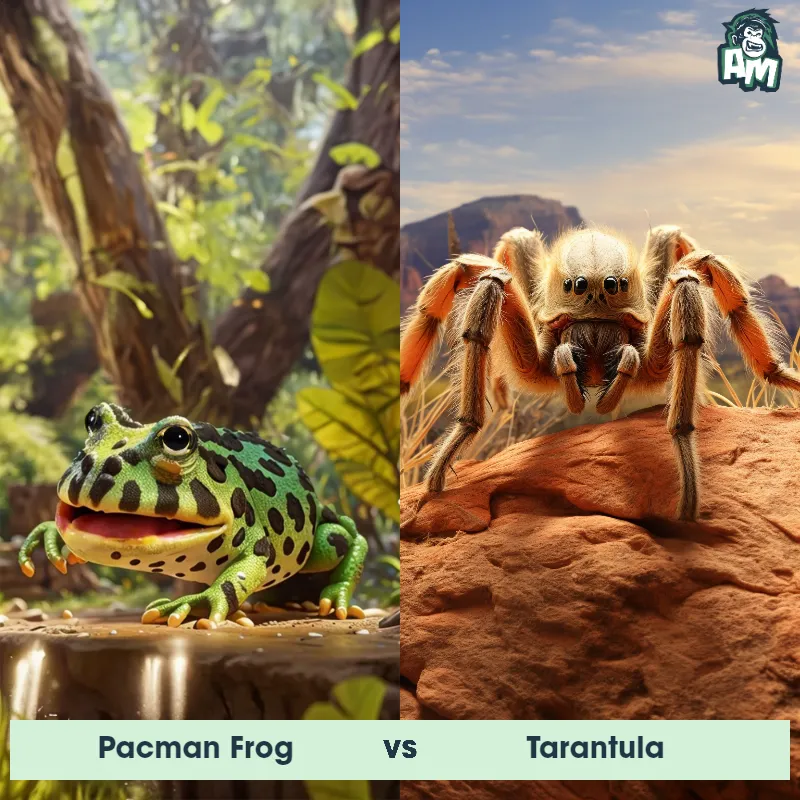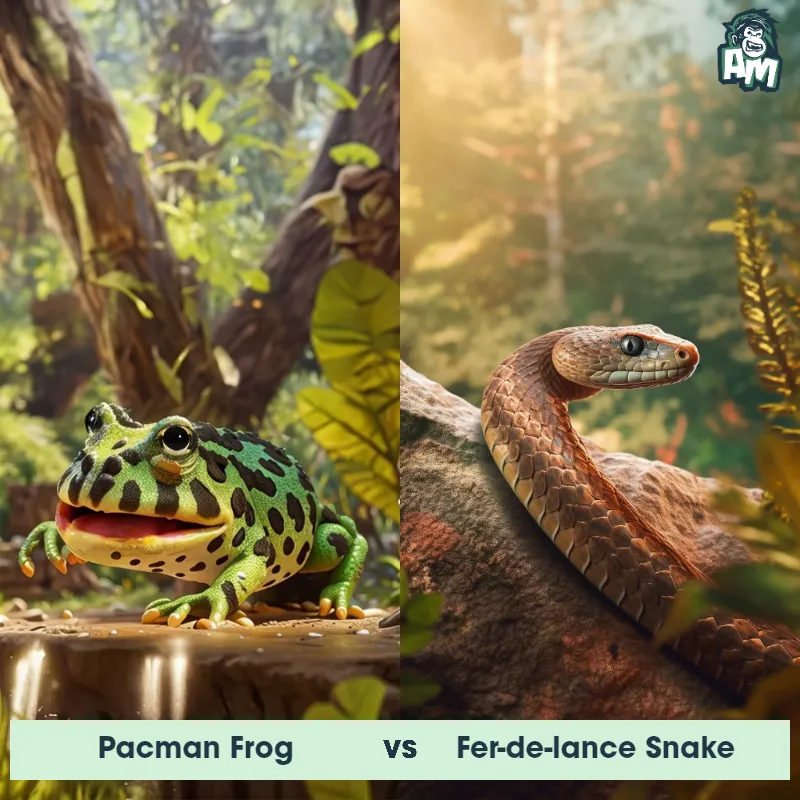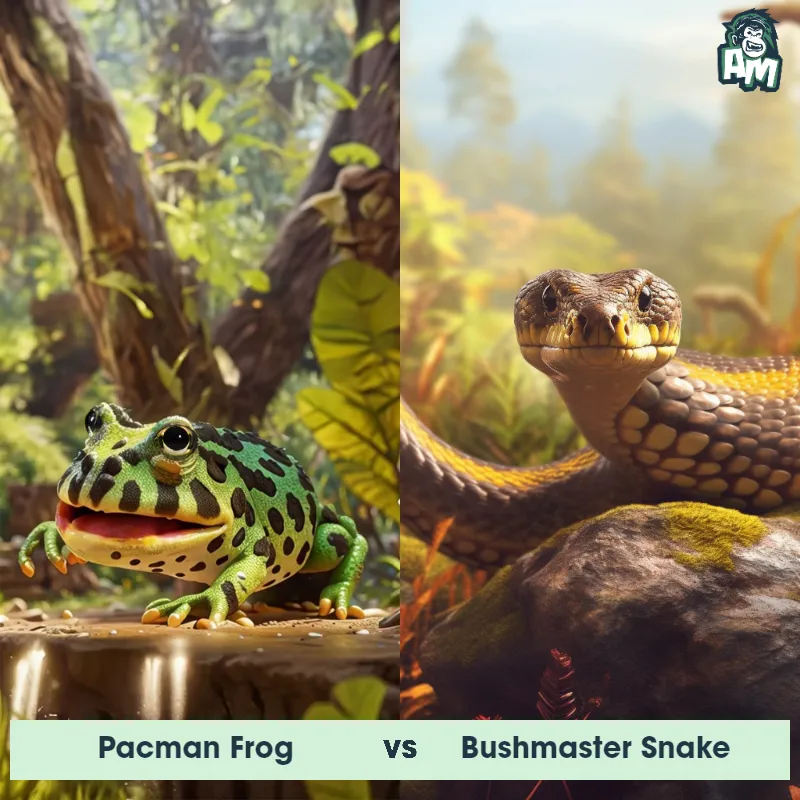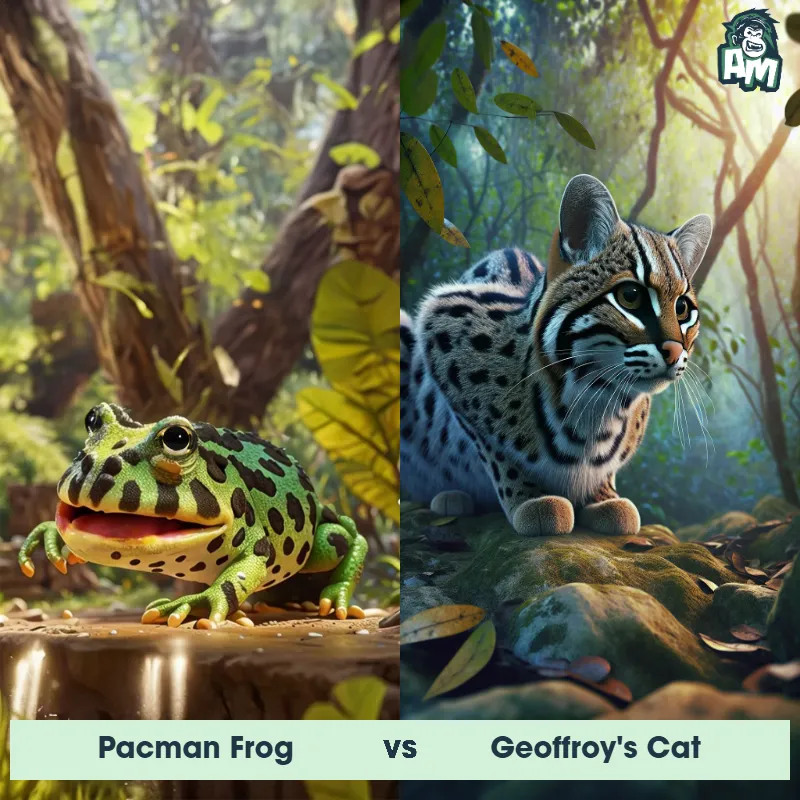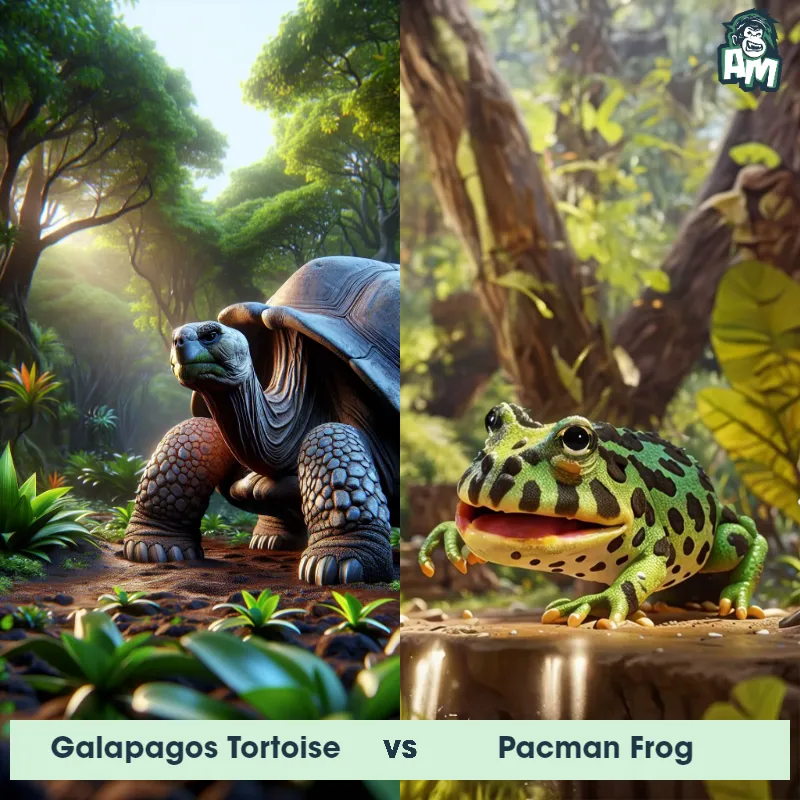Pacman Frog vs Giant CentipedeSee Who Wins

Welcome to this intense matchup between a Pacman Frog and a Giant Centipede! Both of these predators are known for their deadly tactics in the wild, and tonight we will see who comes out on top in this three-round fight.
Contender 1: Pacman Frog
The Pacman Frog, also known as the South American Horned Frog, is a species of frog native to South America. They are known for their large, round bodies and massive mouths, which they use to swallow prey whole. They come in various colors, including green, brown, and albino, and have distinct patterns and markings on their bodies. These frogs are relatively low-maintenance pets, as they are mostly sedentary and prefer to bury themselves in substrate.
Fun Fact: Pacman Frogs have a unique hunting strategy where they wait patiently for prey to come within reach, then snap their jaws shut quickly to catch their meal.
Contender 2: Giant Centipede
The Giant Centipede, also known as Scolopendra gigantea, is a venomous arthropod that can grow up to 12 inches in length. It has a long, segmented body with numerous legs and a pair of venomous fangs that it uses to hunt prey. Its body is typically brown or reddish-brown in color, with yellow or orange legs and a black head. The Giant Centipede is found in tropical regions around the world, including South America, Africa, and Asia.
Fun Fact: The Giant Centipede is known for its aggressive behavior and powerful venom, which can cause intense pain, swelling, and even death in some cases.
Matchup Stats
| Pacman Frog | Giant Centipede | |
|---|---|---|
| Size | Up to 4 inches (10 cm) | Up to 12 inches (30 cm) |
| Weight | Up to 2 pounds (900 grams) | Up to 3.5 ounces (100 grams) |
| Speed | 1-2 mph (1.6-3.2 km/h) | Speed: 16 mph (25.75 km/hr) |
| Key Strength | Bite force | Venomous fangs and quick movements |
| Biggest Weakness | Slow movement | Vulnerable to being flipped onto its back |
Current Votes
Pacman Frog vs Giant Centipede
See Who Wins
View More Matches
Looking For More?
Similar Matches
Scientific Stats
| Pacman Frog | Giant Centipede | |
|---|---|---|
| Scientific Name | Ceratophrys cranwelli | Scolopendra gigantea |
| Family | Ceratophryidae | Scolopendridae |
| Habitat | Moist tropical forests, grasslands | Terrestrial |
| Geography | South America | Tropical regions of South America, Africa, and Asia |
| Diet | Insects, small rodents, other frogs | Insects, spiders, small reptiles, and mammals |
| Lifespan | 5 years - 10 years | 3 years - 10 years |
Key Differences between Pacman Frog and Giant Centipede
- Skin texture: The skin of the Pacman Frog is smooth and leathery, while the Giant Centipede has a rough, armored exoskeleton to protect itself.
- Habitat: Pacman Frogs are typically found in humid, tropical environments such as rainforests or swamps, while Giant Centipedes prefer dark, damp areas like caves, decaying logs, or underground burrows.
- Coloration: Pacman Frogs are usually vibrant and bright in color, ranging from greens, yellows, oranges, and reds, whereas Giant Centipedes are typically dark brown or black with yellow or red markings.
- Body shape: The Pacman Frog has a round, flattened body with a wide mouth, resembling the shape of a pacman character, whereas the Giant Centipede has a long, segmented body with multiple legs and antennae.
- Size: The Pacman Frog is typically much larger, reaching sizes of up to 8 inches in diameter, while the Giant Centipede is relatively smaller, averaging around 6-12 inches in length.
- Diet: Pacman Frogs are carnivorous and primarily eat insects, smaller frogs, and even small rodents, whereas Giant Centipedes are also carnivorous but mainly feed on other invertebrates such as insects, spiders, and earthworms.



